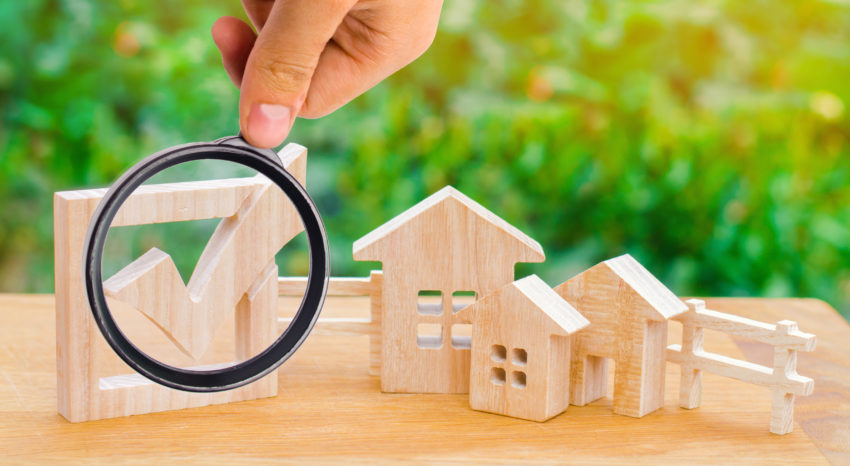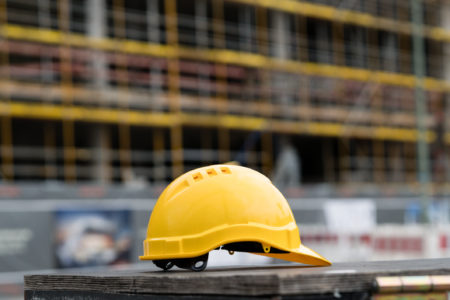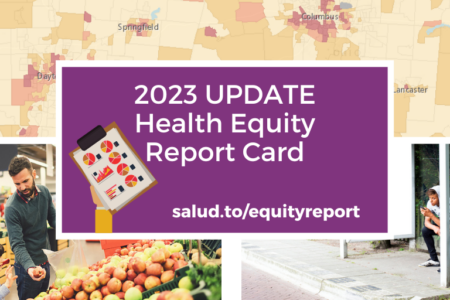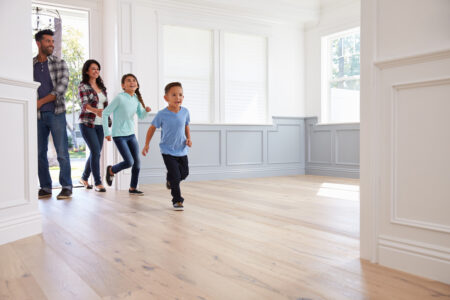
Share On Social!
Many senior citizens live on fixed incomes.
Unfortunately, programs such as Social Security aren’t always enough to pay for living expenses — including housing.
U.S. housing costs are at its least affordable in 10 years. The rising price and the lack of affordable options strain the well-being of the seniors, especially Latinos.
The Issue of Housing Affordability for Seniors

Many seniors are not as financially prepared for retirement as they would like.
Their income may be reduced, and their lifestyle costs may increase as well. The house where they raised their kids may no longer fit their needs or their budget.
An increase in home prices could provide opportunities to relocate for retirement.
In fact, housing is often a terrible investment if not planned wisely. While purchasing property may have a sure investment in the past, but with the rapid changes nowadays it’s hard to predict.
Therefore, several Housing and Urban Development-sponsored programs have been created across the U.S. help seniors. These programs create affordable housing options for retired citizens through rent assistance, home ownership, and assistive services for seniors and the disabled.
However, subsidized housing programs at all levels can be complicated and hard to navigate. Each may have its own eligibility criteria and application process.
Solving the challenge of inadequate affordable housing for seniors should be a high priority at the federal to the community level. Still, lawmakers can and have struggled to address affordable housing.
Major Types of Low-Income Senior Housing
Most forms are available through four programs subsidized or supported by the U.S. Department of Housing and Urban Development and the federal government.
- Public Housing: These are apartment complexes or high-rises operated by city or county public housing agencies. Tenants must fall under low-income status, and they pay about 30% of their income for rent and utilities.
- Section 202 Supportive Housing for the Elderly: Section 202 housing serves very low-income senior citizens. HUD provides capital advances to private, nonprofit sponsors to finance properties to be used as senior citizen homes.
- Housing Choice Voucher Program. This voucher program helps low-income families, the elderly, and the disabled pay the rent in privately owned, market-rate apartments. Tenants generally pay 30% of their monthly adjusted gross income for rent and utilities, and the voucher makes up all or most of the difference.
- Low-Income Housing Tax Credit properties: In the LIHTC program, developers and investors get tax credits for buying, rehabbing, or building rental housing intended for lower-income people. These are the types of low-income senior housing you’ll often see on After55.com.
New Initiatives to find solutions for affordable housing for Seniors

- Vintage at the Crossing: Seniors living in Reno, Nevada (25.2% Latino) now have access first large scale senior affordable housing community built in Northern Nevada. Vintage housing have developed over 15,000 units of multifamily housing. “Vintage at the Crossings is the only large-scale community to open for seniors who need affordable housing,” Jim Zaccheo of Greenstreet Companies told News4.
- Community Housing Initiatives: In Spencer, Iowa (3.4%), the Iowa Finance Authority Board of Directors awarded $8.6 million in Federal Housing tax credits to 12 affordable housing projects. More than half a million dollars went to renovate the Spencer Manor Apartments, an affordable housing community for seniors.
- Executive Negotiation Agreement (ENA) with C&C Development Co: The San Juan Capistrano City (36.4%) Council approved plans for multiple housing projects for seniors. The program falls under the No Place Like Home program that former Gov. Jerry Brown enacted in 2016.
- Senior Housing Assistance Group (SHAG): Several senior housing and care facility projects are in the works for Bellevue, Washington (7.2%). SHAG aims to sustain housing and sustaining lives among seniors, hence their plan to create affordable housing that meets seniors’ needs.
- Presbyterian Homes & Services: In St. Paul, Minnesota (9.7%), the Presbyterian Homes & Services group will build and preserve affordable housing for senior citizens. In a joint venture with Avinity, they aim to create or preserve 15,000 affordable senior apartments in the Twin Cities over the next 15 years.
- Preserve at Logan Park: In South Carolina (5.7%), Greenville Housing Authority broke ground for a new senior citizen complex. The program will host 193 units dedicated to affordable housing. Residents of this new complex will be qualifying senior citizens. Preserve at Logan Park is the third affordable housing construction project for the city of Greenville.
In many major southern cities, lawmakers worry that affordable housing options can’t handle the expected senior boom. If senior living housing providers can prove their value, insurers will see the incentive and have confidence in investing in the senior citizen community.
Learn more about the link between health and housing by following our work on healthy communities and housing.
Explore More:
HousingBy The Numbers
56.9
percent
of Latinos are "housing cost burdened"



